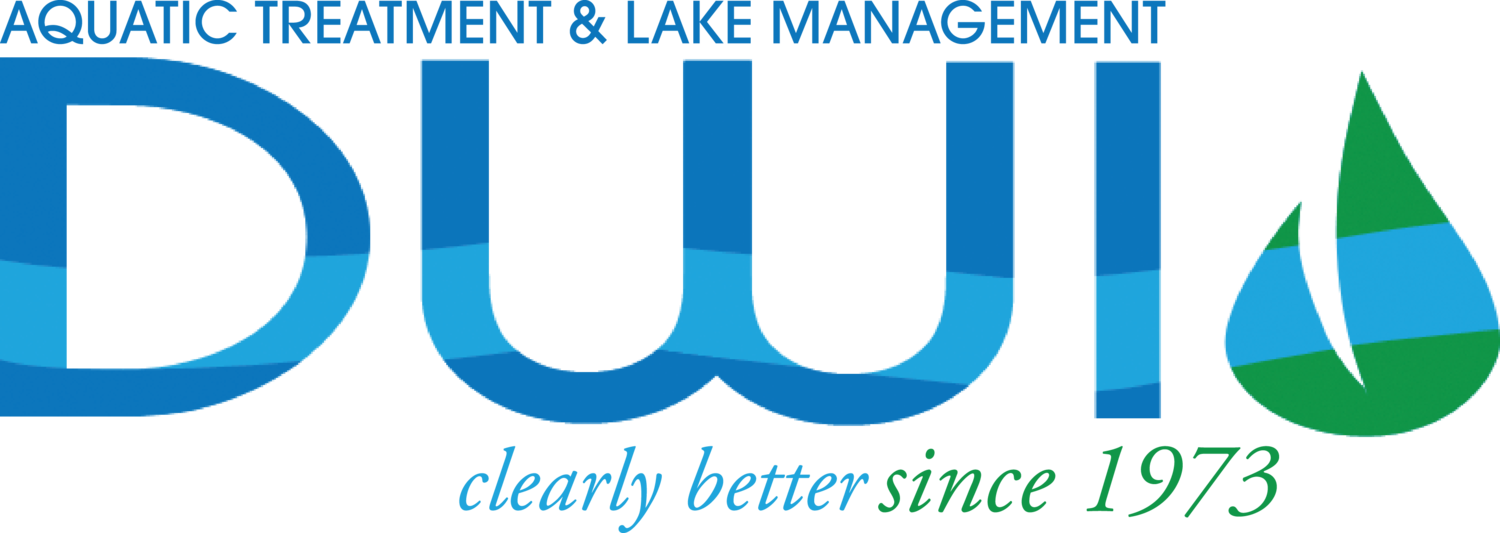By Patrick Simmsgeiger, Founder of DWI
As important as water is to modern life and recreation, its amazing the average American knows so little about it. Water is simply a solvent; a liquid (between 32° and 212°F) made up of hydrogen and oxygen molecules. The only “pure” water on earth is found in the cooling tubes of distilling or desalinization devices.
Phosphates, nitrogen, organic material, oils and minute plant life are the “villains” in water. By learning more about the contaminants water can carry we can protect it.
In natural conditions, factors exist that protect water by keeping it cooler, buffering chemical reactions and speeding up breakdown of foreign materials that enter it. Because natural environments, no equilibrium exists to fight contaminants.
In lieu of natural counterbalances, we fight back by adding products formulated to slow down the progression of biological contaminations. We manipulate pH (acidity and alkalinity) to make sure the additives effectively block contaminants. We run filters and periodically remove visible contaminants from the surface. We attempt to block sunlight to organisms that use sunlight and chlorophyll to grown.
We need to be more cognizant of natural processes and the methods we can use to combat the negative effect nature can bring to a water feature. Preventative approaches(also known as a proactive stance) should have a higher daily priority.
Nowadays many people have a high degree of sensitivity to the word “chemical.” Unfortunately, some customers assume that anything that comes out of a bottle is a chemical. While that is technically true (water is also a chemical compound), some materials act not as chemical reactants but as influencers of natural reactions.
Dyes, a popular chemical in cleaners, block sunlight from algae and aquatic plants, which need sunlight to grow. Clarifiers, another chemical, are like magnets. They latch on to floating or suspended contaminants (silt, algae, dead organic matter and dust) and make them so heavy they fall to the bottom.
Alga is a nuisance that is probably the most familiar to you. You’ve seen it – the pea-soup-green look in your water feature or the slimy, stringy, dark green stuff you see at the rocks and the lake bottom. Algae can’t grow if nutrients aren’t present. But as we already know, there usually are nutrients present in water. While there are claims that bacteria can control algae, it is most commonly used in conjunction with a specifically formulated copper product. These copper products are chemicals that are commonly known and just as commonly misunderstood. Used wisely and according to directions, a good algae control product will not farm fish or plant life and will serve to act as a “balance” by limiting the growth of algae. The end result is water habitat that has a controlled algae growth that fish can hide in and feed on.
Remember, neglect is the worst enemy of water features. Maintenance is your ally. Aeration and circulation need to be in place and kept in proper working order, as water should be well circulated. Chemicals can’t make up for inadequate aeration and circulation. Skimmer baskets should be emptied daily in order to prevent debris from trees, turf and ornamentals falling into the aquatic environment and creating havoc with the pumps and the overall appearance of your feature.
Bottom line: The proper care of your water feature will bring results that are pleasing to the eye (it will look great), the nose (no odor to offend) and the ear (properly maintained pumps will keep those waterfalls and water moving). And who would not enjoy an aesthetically pleasing aquatic environment?



